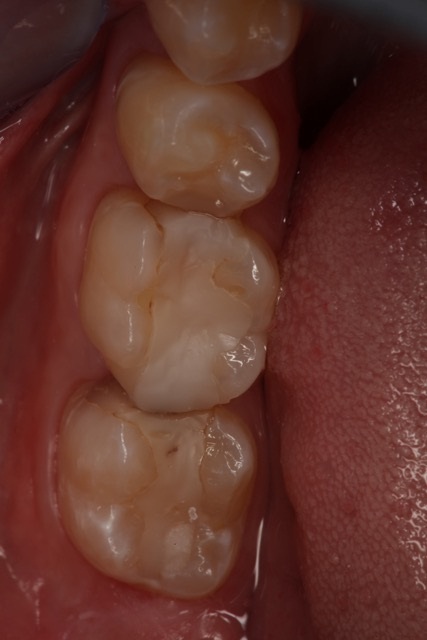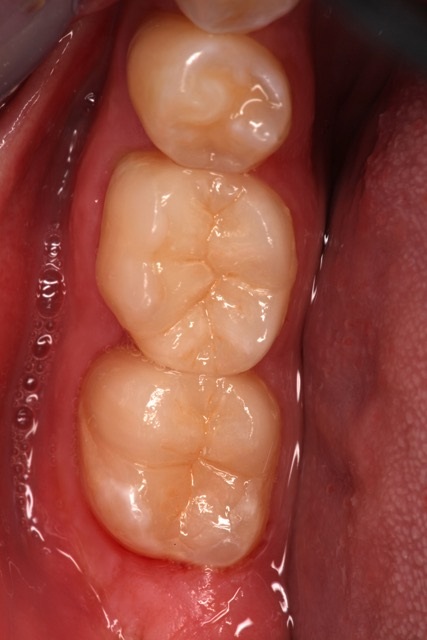By Jason Olitsky, DMD, AAACD
Nothing can kill your patient’s confidence and satisfaction faster and more completely than post-op restorative sensitivity. Materials continue to evolve through extensive research and product development, undoubtedly generations of bonding systems will continue to appear. So while I embrace material evolution, there are factors that I consider non-negotiable in my bonding and cementation protocols that has virtually eliminated unanticipated sensitivity.
In my opinion, the most common challenge stems from technique compromises more than materials themselves. There are several factors, in deconstructing my personal protocol, for single unit crown and bridge that vary from an aesthetic veneer cementation, and we’ll consider both. Since routine crown and bridge are my bread and butter, let’s start with factors that for me are “rules” not guidelines in my daily protocol to avoid sensitivity.
Rule #1 - Do not over etch and don’t over-dry. With multiple unit posterior dentistry, this is easy to do if you are applying a total etch technique. When performing posterior dentistry with dentin exposure, I’ve committed to using a universal adhesive for ease of use. When using a universal adhesive it is not necessary to etch the dentin. With a weaker PH, the universal adhesive “self etches” so it minimizes your chance of over etching the dentin. This technique, depending on the adhesive of choice, can be more lenient as far as leaving the dentin more moist you don't have to worry about drying it so much there is a risk of over drying the dentin. My material selection of choice is Ivoclar’s Adhese Universal. I dry every tooth with a dedicated Adec Warm Air tooth dryer. I don’t worry about contaminated my prep with water or oils, since this $250 device ensures a clean air source, every time.
Rule #2 - Particle Abrade every posterior prep. Particle abrasion homogenizes the dentin so you get a nice seal prior to placing bonding agent. Homogenized dentin is less sensitive. I personally use Prepstart from Danville, with a very small nozzle to direct the aluminum oxide precisely to minimize scatter (and waste money.) So my protocol when a patient comes back for their seat appointment, I take their temporary off and we try in the permanent restoration and confirm marginal integrity with a radiograph. I clean the restoration with Ivoclean and abrade the preparation prior to applying bonding agent. I do this with every posterior restoration.
Rule #3 - Cut with Clean Burs. I use electric handpieces, which simply help with fatigue and decrease necessary pressure from a traditional handpiece. But even with electrics, ensure appropriate bur selection and ensuring the diamonds aren’t worn or dull so that your preps are clean and have the least amount of contact time with the drill. The more obvious factors of ensuring you are using a lot of water when prepping and not allowing the tooth to heat. While this is dental school knowledge, it can be easy to “step it up” when you have 3 hygiene patients waiting. So be certain the fundamentals in your process are also non-negotiable.
For veneer or enamel bonding:
Rule #1 - Control isolation and create ideal bonding environment free of water, blood, or even micro brush fibers. When bonding veneers with supra-gingival margins and mostly boding to enamel this is where shortcuts never pay. Today I use either an Optragate for check retraction and to help visualize my isolation area, or I place a rubber dam with a slit technique. This simply takes time to ensure you have control of tissue and potential contaminants. Since this is your prep time before you load cement… slow down and take your time.
Rule #2 - Etching technique. I only etch the enamel and here’s why.; studies show when we etch dentin we get a higher initial bond strength but over time that bond degrades so it’s better even though we get a lower initial bond strength but that bond strength doesn’t degrade over time rendering it a stable and predictable bond. Depending on the prep design, dictates if I use selective or total etch technique.
a) Selective enamel etching
Apply phosphoric acid gel onto the enamel and allow it to react for no more than 15 seconds. Then rinse thoroughly with a vigorous stream of water for at least 5 seconds and dry with Adec warm air dryer until the etched enamel surfaces appear chalky white.
b) Total etch technique
Apply phosphoric acid gel onto the prepared enamel first, and then to the dentin. The etchant should be left to react on the enamel for 15-30 s and on the dentin for no more than 15 second. Then rinse thoroughly with a vigorous stream of water for at least 5 seconds and dry with Adec warm air dryer, being careful not to over dry the dentin.
Rule #3 - Use a desensitizer EVERY TIME. When I am total etching and there is exposed dentin on the teeth then it becomes essential and a non-negotiable to use a desensitizer like Gluma or Telio desensitizer. Yes, it’s costly but not as costly as a patient suffering after your all ceramic restorations are in place. If using a total etch technique, place the desensitizer on the prep after etching and rinsing before your adhesive step. By rewetting the dentin and occluding the dental tubules, we minimize sensitivity with desensitizers.
The final rule and most critical is case finishing. Every restoration, posterior and anterior requires acute attention to occlusion. Evaluating lateral, protrusive or excursive forces, and identifying potential interferences, can all contribute to post-op sensitivity. If you have evaluated your technique and are still having issues, I would consider your case finishing technique as a potential game changer in dealing with sensitivity.

